Most shooters will use the 11mm and 16mm extension tubes for two main reasons: to get higher magnification with the 60mm Macro lens or Zeiss Touit 50mm Macro lens, and to get macro capabilities with the non-macro Fuji X-Mount lenses. I’m going to take a look at both use cases in a bit more detail.
MCEX-11 with the Fuji XF 60mm Macro
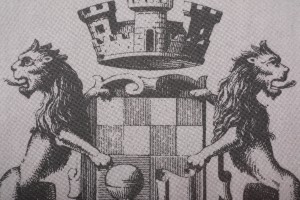
The first use case is to get more magnification with macro lenses. I tested the MCEX-11 with the Fujifilm XF 60mm f/2.4 Macro lens. This lens has a native maximum magnification of 1:2, which is less than the 1:1 magnification of many macro lenses. Adding the MCEX-11 or MCEX-16 will get you closer to that true 1:1 magnification (though neither will get you all the way there). With the 11mm tube tested here, the maximum magnification is increased to 0.68x (or 1:1.5). This is a fairly significant increase in magnification, and essentially enables you to shoot the same area as a 1:1 macro lens will shoot on a Full Frame camera.
The image quality with the 60mm+11mm extension tube is quite good over the central 80% of the image frame when stopped down, which will cover you for the vast majority of macro situations, including shooting insects or other tiny objects. Sharpness in this zone is similar to the lens without extension, and lens aberrations are likewise similar.
The extension tube does cause some smearing in the corners on a flat plane subject even when stopped down. Wide open, the smearing extends further into the frame, but depth of field is exceptionally shallow at this magnification, so stopping down is advisable in most situations anyway. However, if you are looking for maximum magnification on something like a printed circuit board or other flat item, it’s probably better to use the bare lens and take the hit in resolution by cropping. This limitation doesn’t raise its head in most macro shooting situations, but it’s definitely something to keep in mind. Note that the smearing appears to be somewhat due to field curvature, so if you are focusing towards the edges of the frame, you should still be able to get pretty sharp shots.
Performance with non-macro lenses
One of the big reasons to grab an extension tube is if you have a desire to dabble in macro photography, but don’t want to lay out the cash for a dedicated lens. It’s also helpful as a small item to throw in the bag if a macro opportunity arises, but you didn’t bring your macro lens because macro shooting wasn’t planned. In any case, the MCEX tubes are useful for turning any lens into a closer focusing lens.

With any extension tube, the shorter the focal length the greater the magnification gained from the tube. With the 11mm tube, you can actually get to 0.69x magnification with the wide end of the 18-55mm zoom (magnification decreases to 0.37x at the long end of the zoom), though working distance is extremely short. Normal lenses like the XF 27mm f/2.8 and the XF 35mm f/1.4 work quite well, with both allowing for close to 1:2 magnification (0.48x and 0.47x, respectively). I’ll show some image samples showing the performance with a range of lenses, but I have to say, examining the stable of XF lenses, my favorite non-macro lens to shoot with using the MCEX-11 is the XF 27mm f/2.8.
The reason the 27mm f/2.8 is well suited to use with the extension tubes is that it a good normal focal length, yielding high maximum magnification. It’s also a pancake lens, which means the overall package of the lens plus tube is still extremely small. This is important because it still leaves a very usable working distance of 76mm from the front of the lens. As a result, shadowing from the lens isn’t much of an issue, and you still get good closeup shots. The XF 35mm is also good in this regard, with just a slightly shorter working distance and very slightly lower magnification. The XF 56mm f/1.2 has a good working distance of 181mm, but the longer focal length and longer native minimum focus distance means that it is only capable of approximately 1:4 magnification, though this is a useful range for closeups of flowers.
In any case, with all these lenses the corner smearing issue is still present, though again, it’s only really an issue with flat field subjects, which are rare in macro photography. Also worth noting is that the fast lenses don’t perform well at maximum aperture with extension. The 56mm f/1.2 is notably soft when used at f/1.2, as spherical aberration becomes a major issue when the lens is extended. Stopping down and utilizing flash or a tripod at apertures from f/8 to f/11 is recommended (though this is the case for most macro shooting anyway).
Below is a series of shots showing the perspective and magnification capable with some of the XF lenses. Note the significant shading from the lens at the 18mm end of the 18-55mm zoom. Working distance here is a miniscule 11mm, so extreme care must also be taken not to impact the front lens element while shooting. The shell photographed is around 2.5 inches in total length, and the first image below with the 18-55mm represents a distance of around 1.5 inches.

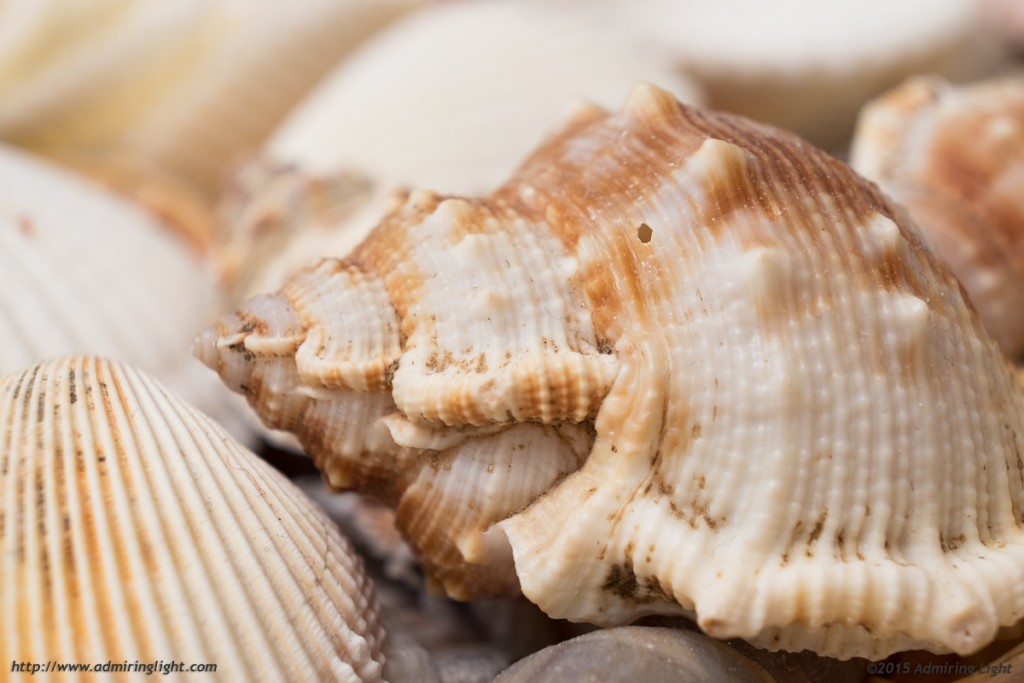
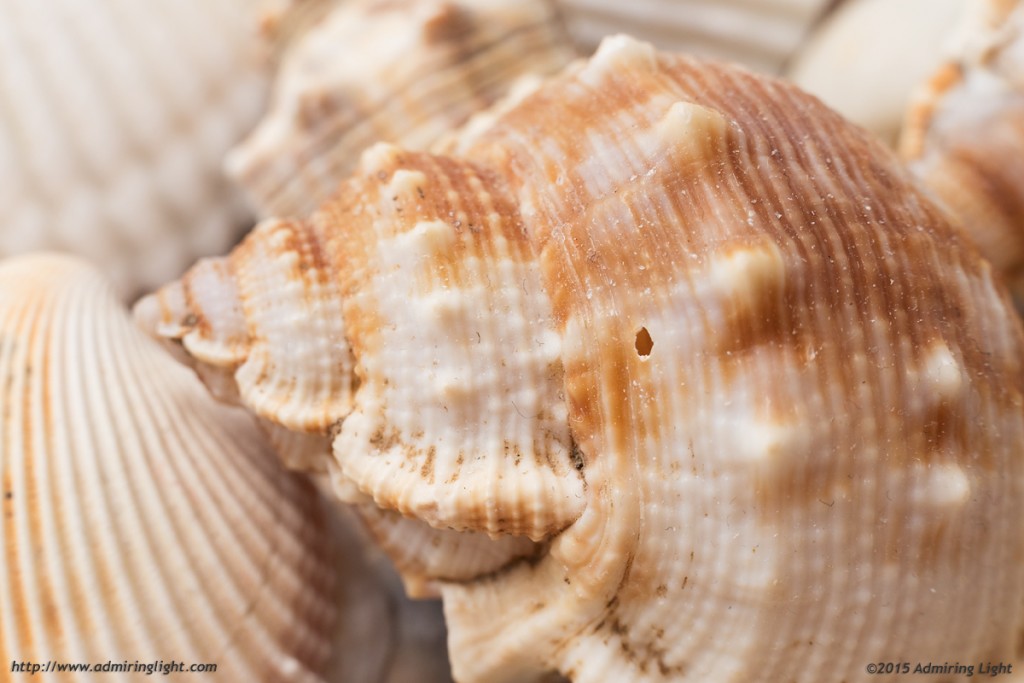

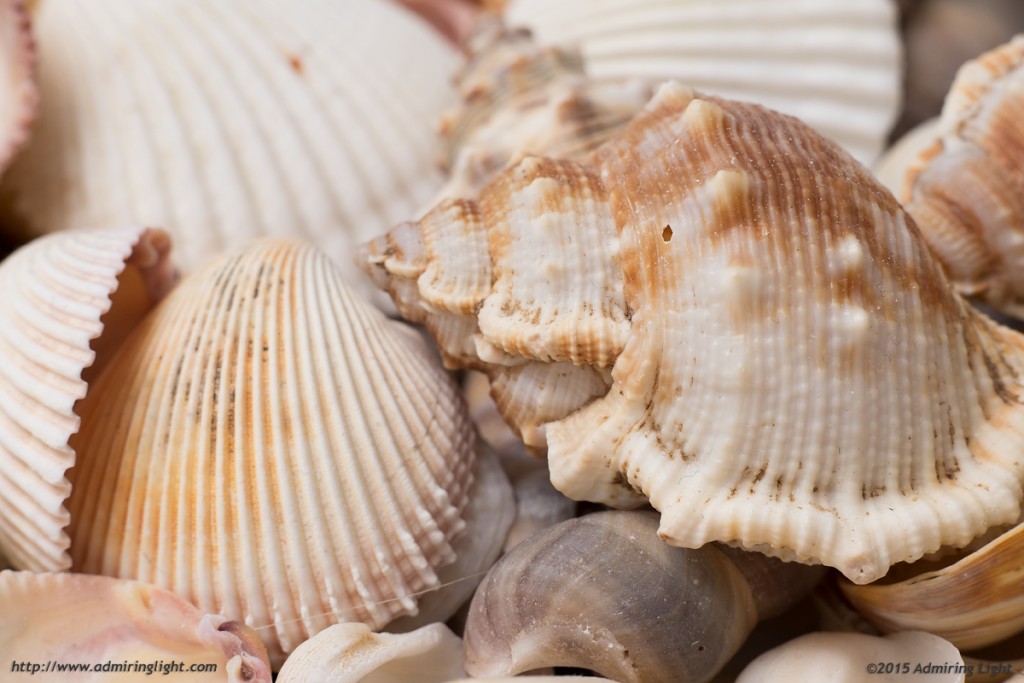
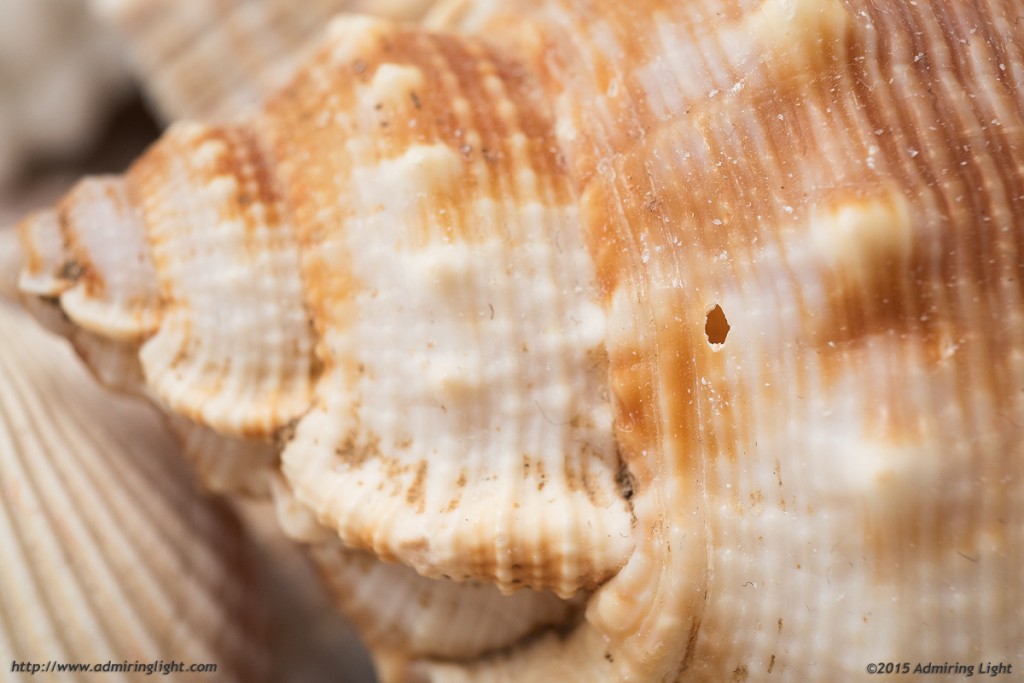

As you can see, the tubes add some notable extra magnification for the 60mm macro, and enables nice close-up capabilities for the non-macro lenses in the Fuji lineup. While I don’t present samples from the 55-200mm lens above, as the focal length makes it a bit long for macro shooting, it’s actually a great lens to use with the 11mm extension tube. Of course, infinity focus is still lost, but due to the longer focal range, the 55-200mm gains the ability to do closeup shooting at 1:4 magnification (throughout the range), while also being able to focus out several feet at the long end of the range, making it a great lens for walkaround closeups and tight portraiture when used with the MCEX-11.
Conclusion
Pros
- Well constructed and very small – you can slip it in any bag
- Enables macro shooting with non-macro Fuji lenses
- Adds magnification to macro lenses
- Full lens communication keeps IS and autofocus intact.
Cons
- Most XF lenses show corner softness when used with the extension tube
Overall, the MCEX extension tubes are a generally inexpensive way to add some flexibility to your kit and gain macro capabilities without shelling out for a macro lens. If you already own a macro lens for your Fuji camera, this will help get even greater magnification. While $99 may seem somewhat expensive for a tube of air, the tube is very solidly constructed with very tight tolerances and flawless operation with the electronics. Given the capabilities you get, it’s not an unreasonable price.
Buying your photographic equipment through the B&H link below helps support Admiring Light at no extra cost to you
I’ll leave you with one more quick shot, taken with the 27mm f/2.8 on the MCEX-11
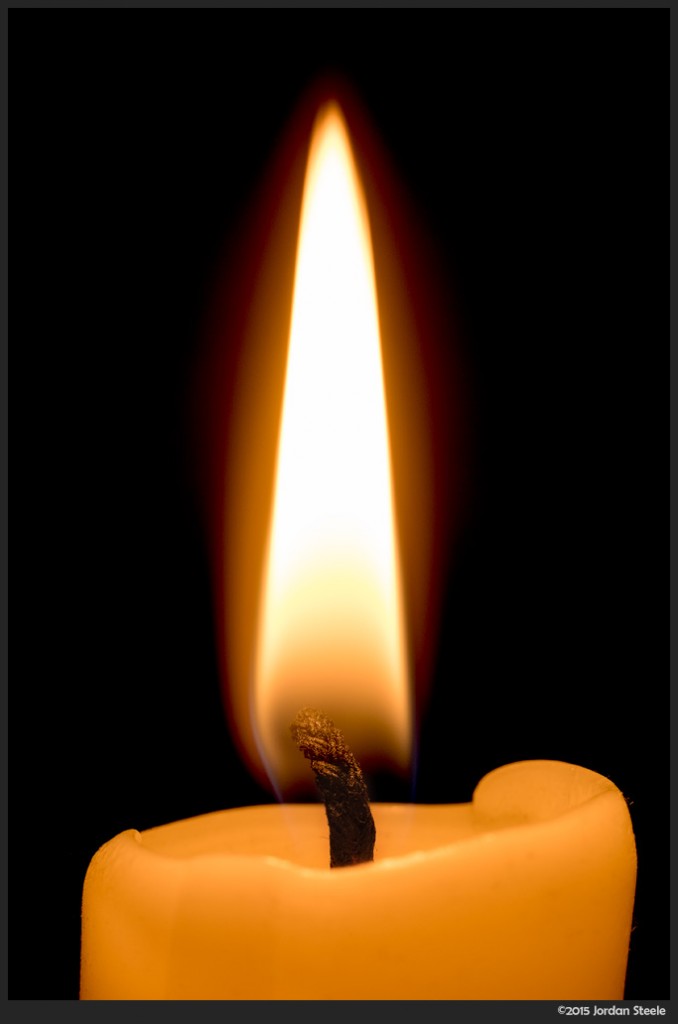






Leave a Reply